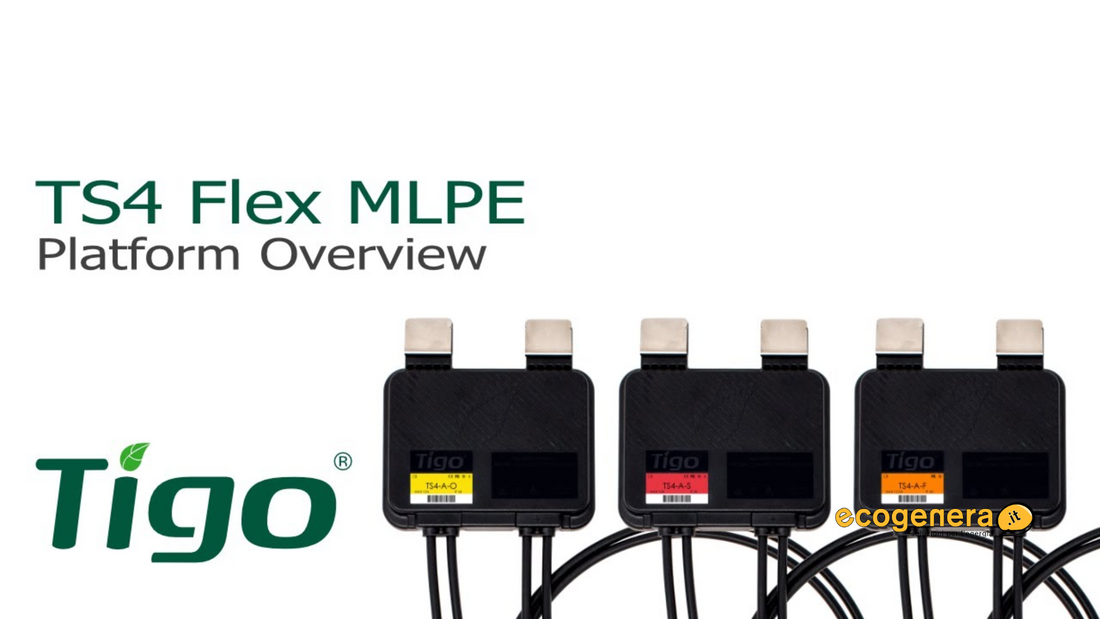
What are photovoltaic optimizers and what are they used for?
Share
Introduction
Power optimizers for photovoltaic systems are electronic devices that improve the efficiency of solar panels. They are used to maximize energy production in the presence of partial shading, dirt or differences in performance between photovoltaic modules.
These devices are installed on each individual panel and allow for the optimization of energy production at module level, overcoming the limitations of traditional systems connected in series, where the performance of the entire system depends on the least performing panel.
How do power optimizers work?
In standard PV systems, panels are connected in series: if one of them suffers a drop in performance (due to shade, dirt or aging), the entire string suffers. Optimizers intervene by correcting this problem using Maximum Power Point Tracking (MPPT) technology at the module level.
Their operation is based on three fundamental principles:
- Individual Monitoring : Each panel is monitored separately, ensuring the highest possible production.
- Energy Optimization : Each module works at its maximum power point without affecting the others.
- Mismatch Loss Reduction : If one panel performs less well, it does not lower the efficiency of the entire string.
The advantages of photovoltaic optimizers
The use of optimizers brings numerous benefits both in terms of performance and plant management:
1. Increased energy production
Thanks to module-level optimization, losses due to partial shading, dirt or panel degradation are reduced, increasing overall energy yield.
2. Advanced monitoring and simplified maintenance
Optimizers offer a real-time monitoring system, allowing you to check the operation of each individual panel. This helps to quickly identify any failures or malfunctions.
3. Greater flexibility in design
Unlike traditional systems, which require uniform exposure for all panels, optimizers allow modules to be installed with different orientations and inclinations, making system design more versatile.
4. Increased safety with quick shutdown function
Many optimizers integrate Rapid Shutdown systems, useful for turning off the panels in case of emergency (for example during maintenance or fires), increasing the safety of the system.
When is it recommended to install optimizers?
Optimizers are not always necessary, but they become a beneficial solution in these cases:
- Systems with partial shading due to trees, buildings or other obstacles.
- Installations with different orientations , for example on roofs with multiple slopes.
- Systems with modules of different power ratings , where the risk of mismatch is higher.
- Photovoltaic systems that require advanced and detailed monitoring to improve maintenance and efficiency over time.
Conclusion
Power optimizers are a great solution for improving the performance of PV systems in less than optimal conditions. They offer advantages in terms of efficiency, monitoring and safety, making them ideal for those seeking maximized energy production and smarter system management.
If you want to know more about optimizers and how to integrate them into your photovoltaic system, contact us on Ecogenera for a personalized consultation !
